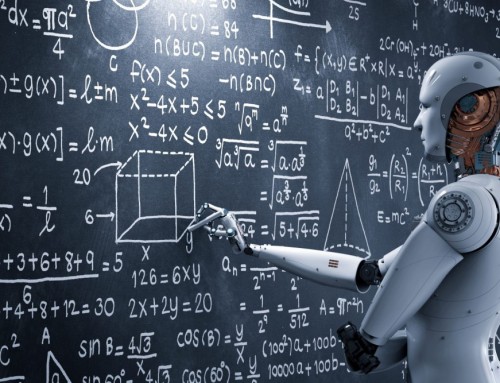(Image: one of two LIGO research facilities that detected gravitational waves, Washington State)
By now you most likely have heard the news about the discovery of gravitational waves and that it is being lauded as the biggest discovery of the last century.
So what is a gravitational wave?
The discovery of a gravitational wave really solidifies a theory that we had a fairly firm understanding of previously. And that is that that space can be bent and warped in the presence of matter and energy. This bending is what we call gravity.
However; physicists actually know space and time to be linked so they refer to them as one “Space-time.”
This bending effect had been proven previously with the confirmation of another effect predicted by Einstein called gravitational lensing. Basically gravitational lensing occurs when light travels through a warped gravitational field and then the light bends to give the impression that the light source is coming from a different direction.
With that said, we had never observed gravity take the form of a wave until now.
All objects big and small bend the space around them. For massive objects like a black hole, this effect is staggering, but for smaller objects like the earth, this effect is simply what keeps our feet on the ground.
To understand gravity this is key:
- All objects move in straight paths unless they are acted on by a force. (Newton’s Laws of Motion)
- Instead of acting as a force on that object to move it, gravity bends the space around the object.
- This bending then causes the “straight path” itself to be warped.
- This bending/warping can also cause space-time to expand and contract causing objects to relatively slow down or speed up.
Normally, a gravitational field is static around a large object like a star or a black hole. However, when two large objects like black holes circle each other and then collide, the ripples in space-time fly out across the universe at the speed of light. These ripples are stretching and squeezing the space in their paths and we call them “gravitational waves”.
Simply put, Gravitational Waves come about when two enormous objects in space collide and then send out ripples in the construct of space itself.
In the case of the most recent detection, the gravitational waves were caused by the combining of two massive black holes (see above).
So how were these waves detected?
The Laser Interferometer Gravitational-Wave Observatory(LIGO) discovered these waves using a incredibly large and sensitive instrument that uses light to detect shifts in the gravitational field.
This is how LIGO works:
- Two lasers are shot out from one point and then are diverted down separate 4km long tunnels.
- These two separate lasers then bounce off mirrors and return to a sensor.
- Upon returning, the waves of light recombine and cancel each other out if there is no disturbance in the gravitational field. (the light beams are intentional made to be “out of phase” meaning that they cancel each other out under normal conditions)
- However, when a gravity wave passes through, the two light beams are no longer “out of phase” and thus a light is seen upon their return from their trips down their separate tunnels.
This instrument is so precise that it can detect changes measuring smaller that a thousandth of a proton.
Above is the recording of the sound and light detected at LIGO indicating the presence of a gravitational wave.
How is this possible?
When a gravitational wave passes through the paths of this instrument it warps space-time differently in each tunnel causing the light to not match up when they recombine.
I have heard articles explain this by saying that the gravitational waves shrink one tunnel while expanding the other and that the light in one tunnel had to travel further than the other so this is why the two beams do not match up.
However; that is not a accurate description of what is actually going occurring.
Yes, the gravitational wave causes a disturbance in space that expands one tunnel and shrinks the other but from the perspective of the light, the distance is not any further. This is because space and time are linked and as space expands, time itself slows down.
So what really is happening here is that when the light beams return, time itself has moved at a different speed for each light beam during their trips down their tunnels and one has returned before the other even though they were moving down identical tunnels at the same speed.
Thus, a disturbance is detected. And this is how we discovered gravitational waves.
It is a big deal. But…
If you are looking for an immediate change in your life other than the excitement of learning more about our universe, you might be disappointed. At least for now.
With that said, we had no idea at the time that discovering anti-matter would lead to the invention of PET scans or that quantum physics would lead to a whole new level of computing power.
So there is a good chance that this discovery will lead to a practical application as well.
The truth is that all discoveries that teach us more about our universe eventually help contribute in some way to new technology, we just have no idea what that technology is going to be when we first make a discovery.
So stay tuned.
There have been speculations that this might open the door for time travel or anti-gravity but frankly we are still a long way off from both of those feats, if they are possible at all.
However; if you are a astronomer then you can be immediately excited about the large cosmic events, like black hole collisions or dark matter interactions, that we will now be able to observe throughout the expanse of the universe.








[…] you have read our recent article, or any like it, then you already know that gravitational waves have been confirmed. And so, […]